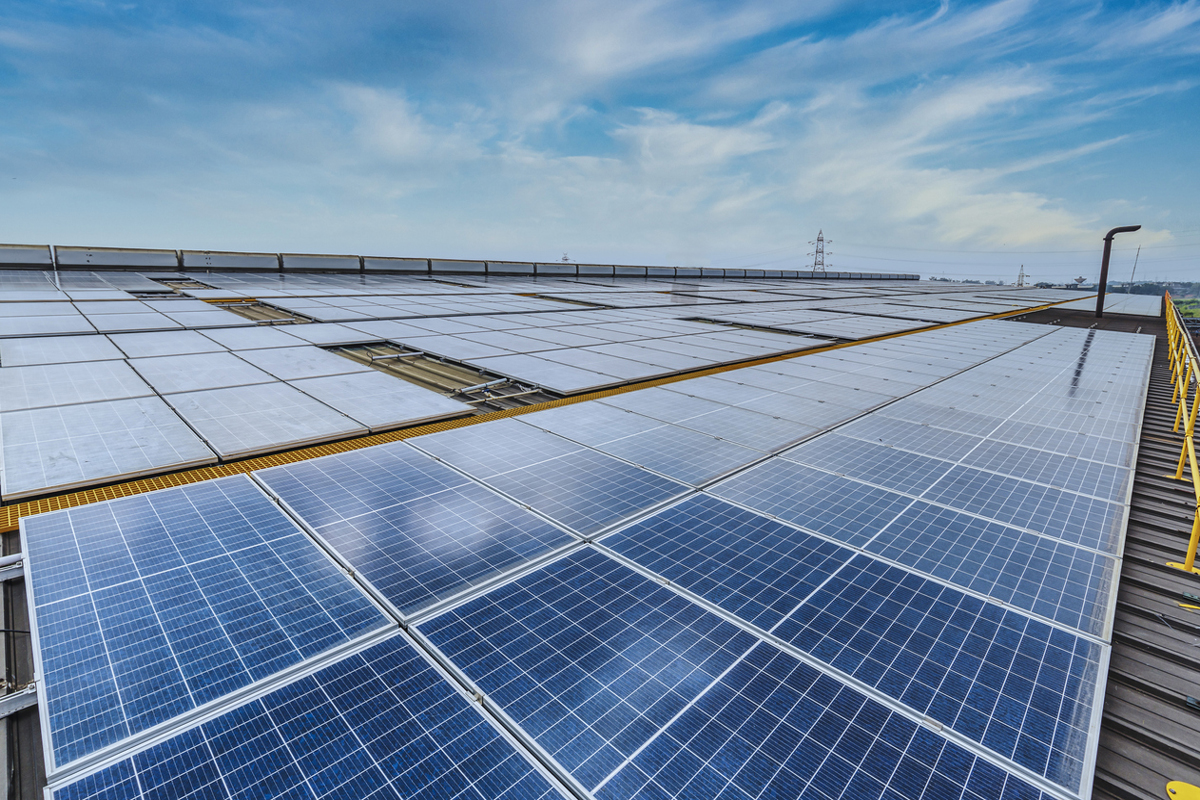India, as a nation, has a tremendous potential to become a global solar giant. With increasing energy demand and recent power crisis, India has an opportunity to accelerate efforts to increase the production of solar energy. Currently, Coal-fired plants are producing about 52% of our energy demands, while solar, wind and other renewable energy sources supply a little over 26% of power.
While a complete coal phase-out is not an immediate option for a developing country like India, the solar energy potential of India is immense due to its strategic geographical location. According to the Ministry of New and Renewable Energy, India receives over 300 days of sunshine every year, on an average. Potentially, India has access to about five thousand trillion kWh of solar energy. This is more than the energy generated by the total output of all the oil and coal reserves in the country.

The opportunity for the growth of solar sector in India is also visible in its commitment, made at the recently concluded COP26 Summit in Glasgow, to meet 50 percent of its energy requirements from renewable energy by 2030. The message of ‘panchamrit’ given by PM Modi further cements India’s commitment towards implementing One Sun One World One Grid (OSOWOG) project. India is taking great strides towards achieving its ambitious target of about 500 Gigawatt (GW) of installed renewable energy capacity by 2030. Out of this, the contribution of solar energy is expected to be around 280 GW, or 60 per cent. India has also made a commitment to achieve the net-zero emission status by 2070. With the mounting pressure at the global level and the current power crisis, India must aggressively build its solar capacity over its existing fossil fuel capacity.
Currently, some of the states in India like Rajasthan, Madhya Pradesh, Karnataka, Gujarat, Tamil Nadu, and Andhra Pradesh have already gained a head start to achieve self-reliance in solar energy production. In the recently published state-wise report by the Ministry of New and Renewable Energy (MNRE), Rajasthan has distinguished itself with an installed solar energy capacity of 7737.95 MW. It has been able to add installed capacity of 2348.47 MW within the first eight months of 2021. Moreover, the Union Ministry has assessed the solar energy potential of Rajasthan to be at 142 GW. If the state continues to pursue its plan systematically, then it is expected to meet its aspirational target of 30 GW by 2025 and contribute to PM Modi’s vision of building Atmanirbharta in the area of meeting India’s energy requirements.
Another state that is rapidly making progress in developing into a solar energy hub is Madhya Pradesh. It is developing the ambitious 1500 MW Agar-Shajapur-Neemuch Solar Power project. After completion, the project will provide a low tariff of ₹2.14/unit achieved through the now popular reverse auction process. This is good news as this also provides another use case where low power tariffs have been achieved for solar energy, in comparison with traditional energy. Moreover, the Madhya Pradesh government will supply low-priced electricity generated from these solar parks through the National Grid connectivity to Indian Railways in eight other states. With a view to increase Madhya Pradesh’s footprint in the renewable energy sector, the state government has initiated construction of world’s largest floating solar park in Omkareshwar on the Narmada River. Once operationalized, this project will add 600 MW of renewable energy at full capacity, at a construction cost of about ₹3,000 crore.
Other than addressing the technology aspects, Madhya Pradesh has taken its commitment for solar energy to the next level by creating a people-centric movement called the Urja Saksharta Abhiyan (USHA). This is the world’s largest energy literacy program to build an energy-conscious society. The government will reach out to more than seven crore citizens of the state through various channels. The idea behind this movement is to inculcate the habit of saving energy and making it a part of daily existence. It will focus on educating the citizens about the benefits of renewable energy. The government has also reached out to land-owning farmers under the PM-KUSUM scheme to set-up solar power generation units on their lands. This will also accomplish a double benefit of cheap power for irrigation and additonal incomes to the farmers.
As the Indian economy emerges from the onslaught of the pandemic, there have been a range of encouraging developments. These developments indicate a renewed interest in India’s solar ambition and scaling, as seen at the COP26 summit as well. Both the government and the private sector efforts are coming together in this critical area and at the right time, just as the economic momentum picks up. All we need to do is to build on this momentum until we have established ourselves as th global solar superpower.











